Construction lifts are powerful equipment that comprises various types like scissor lifts, boom lifts, man lifts, forklifts and many other aerial lift equipment. These lifts are aerial platforms supported by an extension which is vehicle-mounted. They are known to perform multiple tasks, including moving materials before construction, lifting workers to areas that are hard to reach, and conducting maintenance projects and repair tasks.
There are so many types of lifts that can be chosen from but making the right selection for your project is crucial. It is important to understand the features and functions of each, which helps in choosing the right machinery. The article below features eight different types of construction lifts that can be considered, so if you are looking to choose the right type for your project, read the guide below.
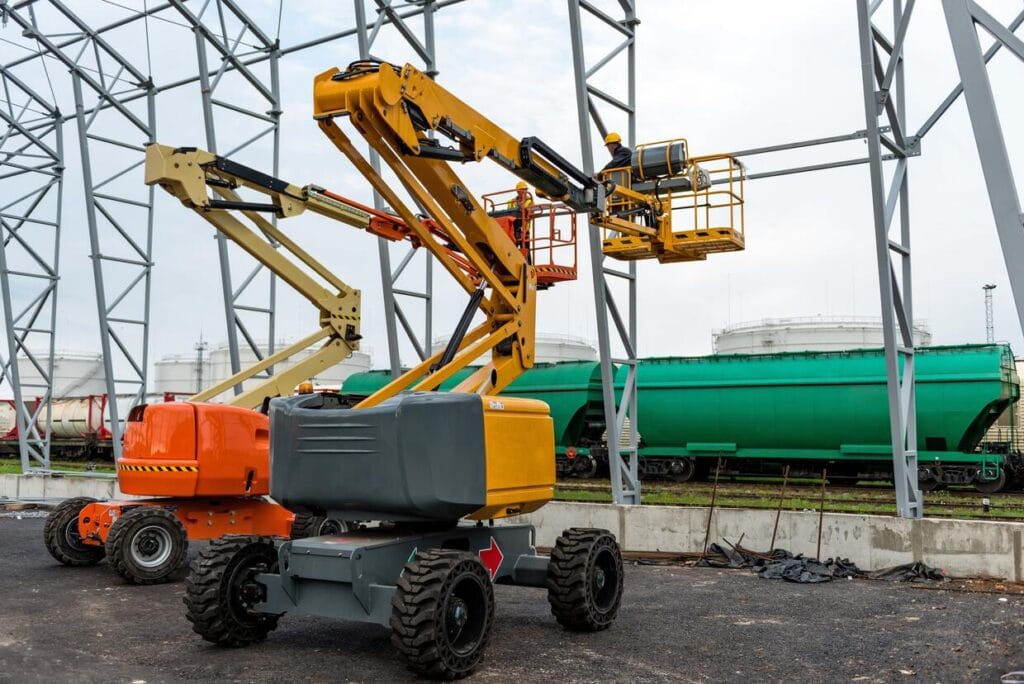
Overview of Construction Lifts
Definition of Construction Lifts
Construction lifts are specialized lifts that are designed to elevate materials and labourers to certain heights for conducting construction tasks. These lifts facilitate vertical transportation at such projects that consist of renovations at a smaller scale, the development of infrastructure on a larger scale or basic maintenance work.
These lifts are of different types like spider lifts, scissor lifts, boom lifts and many more. The main purpose of having these lifts incorporated into a construction site is their reliability, safety, and accessibility on elevated areas. They facilitate reaching heights that are difficult through traditional ladders.
Importance in Construction
Construction lifts play a very important role in construction projects for enhancing efficiency, safety and productivity, and there are various ways these lifts prove to be important.
- These lifts are designed to minimize the risks associated with working on heights, like accidents, injuries and falls. The lifts have stable platforms and harness attachment points followed by guardrails that ensure safety.
- As these lifts help in the quick transportation of materials and workers at heights, the workflow improves, and also the downtime is reduced.
- Construction lifts are used for performing a wide range of tasks that consist of installing high ceilings and lifting materials to heights catering to a wide phase of the project.
- The way these lifts help to enhance the efficiency of the projects, the need for multiple workers also reduces. The lift helps in the process of transportation, and hence, the cost of labour is reduced.
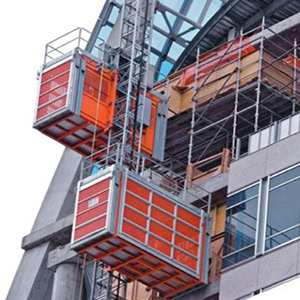
Eight Types of Construction Lifts
There are different types of lifts that are used in construction and industrial jobs, and eight of these are discussed below.
Boom Lifts
Boom lifts are versatile platforms which have multiple types that may include telescopic boom lifts, cherry pickers, articulating boom lifts etc. Each of these is designed to conduct a different task at a raised height. These lifts have secure platforms or buckets that help to ensure safety when working at heights. They are powered by electricity or diesel and are suitable for working indoors as well as outdoors.
There are various applications for these boom lifts, and these may consist of repairing tasks, construction projects, installation of fixtures, cleaning windows, etc. They are efficient, offer flexibility and can be used in challenging spaces.
Scissor Lifts
Scissor lifts are aerial work platforms which help in lifting equipment as well as workers vertically to different heights. They have a crisscross pattern, and they can extend the platform straight up. These platforms are equipped with a lot of space and have safety railings so that multiple laborers can at the same time work. They have diesel and electric-powered systems, and they can be used indoors as well as outdoors.
Scissor lifts are used in warehouses and maintenance projects, followed by construction sites. They are used for installing ceilings, overhead structure accessibility or painting the walls. The scissor lifts are even used for maintenance like cleaning, repairing lights etc. They offer improved stability and are highly reliable for performing tasks at an elevation, and also, when it comes to rough terrain, scissor lifts are quite suitable.
Forklifts
Forklifts are widely used in many industrial applications as they help in transporting materials over a short distance. These forklifts have a hydraulic mechanism of lifting and have prongs in the shape of the fork so that heavy loads can be lifted and moved. Forklifts can be gas-powered, diesel-powered or electric-powered. They are mostly used in warehouses and have a compact design.
These forklifts are commonly used in warehouses for loading and unloading items, stacking pallets and even for organizing the inventory. They can even help in moving building materials like steel beams, bricks and lumbers.
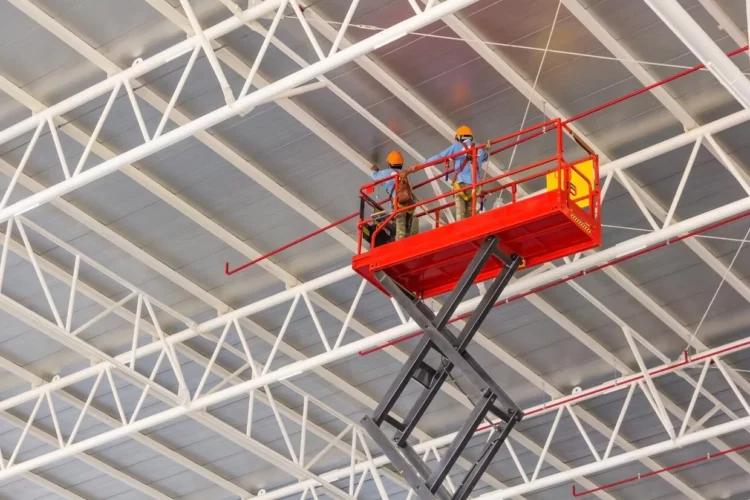
Telehandlers
Telehandlers are also called telescopic handlers and these machines are highly versatile. They are equipped with features such as boom lifts and forklifts. They have a telescopic boom and help extend materials at high places and handle heavy loads. They can help with vertical and horizontal positions in the design. They have multiple attachments like pallet forks, buckets and winches.
These are used on construction sites and tend to transport and lift materials like steel beams, bricks and pallets at hard-to-reach areas. They are used in many agricultural steps for clearing the debris of moving hays. These lifts are highly versatile as they can perform varied tasks by simply changing attachments.
Personnel Lifts
Personnel lifts are lightweight and compact aerial work platforms that can elevate the workers to a height for performing different tasks. These lifts have a secure cage or platform, which ensures that stability and safety are maintained. These lifts are powered by electricity and can be used for indoor use.
Personnel lifts are very commonly used in construction and installation tasks like performing minor repairs, painting, changing light fixtures, etc. The advantages of these lifts comprise their safety features that have platforms that do not slip and guardrails protection.
Material Lifts
Material lifts, as the name suggests, are designed for transporting materials vertically as they help to transport heavy items at elevated areas. These lifts are composed of a sturdy platform and frames that hold the load. They can have either manual or motorized machines for lifting. Material lifts are very simple to set up, offer portability and are compact, which makes them suitable for a wide range of tasks.
These lifts are mostly used on construction sites for moving building materials like pipes, beams and steel. They are used in warehouses as well for lifting heavy products and other items. The major advantage of these lifts is that the need for manual lifting is eliminated, and productivity is improved.
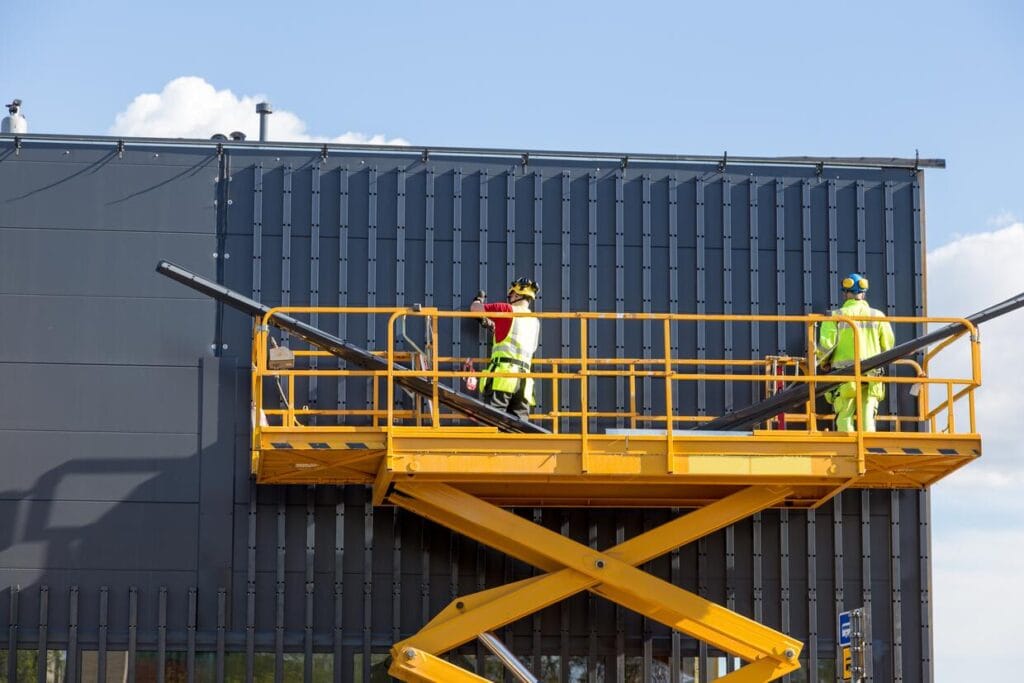
Aerial Work Platforms (AWPs)
Aerial Work Platforms are mechanical devices that help elevate tools and workers to conduct tasks at height. These platforms have multiple configurations, like scissor lifts and boom lifts. AWPs comprise varied safety features like harness points, guardrails and surfaces that do not slip for a secure operation. These lifts are powered by diesel, or electric systems offering ease of use for indoor as well as outdoor tasks.
Aerial work platforms are used in inspection, maintenance and construction, where they assist in tasks like painting, installation of fixtures, repairs of lights, tree trimming, etc, with more flexibility.
Hoists
Hoists are a type of machinery which lifts heavy loads vertically using a lift wheel that has a chain or a drum. These are operated either manually or electrically and can move heavy materials with high precision. These lifts are mounted on overhead cranes and trolleys so that the lifting can be facilitated.
Hoists are used in construction projects for lifting concrete blocks, steel beams and heavy equipment at elevations. They are very common in industrial and manufacturing setups. The major advantage of the hoists is that they are effective in vertical flitting and are capable of allowing workers to handle heavy loads safely. They have a robust design that caters to load capacity and ease of operation with minimal physical strain.
Choosing the Right Construction Lift
There are different types of construction lifts, but choosing the right type and the right models for your project is crucial. There are multiple factors that you need to analyze when choosing the construction lift, and some of these are discussed below to help you decide.
Space Availability
The space available on the job site requires analysis in the first place so that you can choose the right construction lift. Spaces that are compact or tight, like narrow sites and indoor work areas, require small-sized lifts like personnel and scissor lifts. They can also operate and fit through the doorways and even work in tight spaces.
Whereas for the areas that are open, you can opt for a larger lift like telescopic boom lifts and telehandlers. They can offer to reach extensive heights and also conduct tasks with stability.
Load Capacity
The load capacity of the lift is also assessed before choosing it based on the required load capacity for your project. Make sure to evaluate this factor because if you end up overloading the lift it can lead to safety risks that include the failure of equipment as well as accidents. The scissor lifts and telehandlers are opted for heavy-duty applications and can hold heavy loads.
Moreover, projects that need to carry tools for performing tasks at elevated posts require choosing lifts with sufficient space on the platform. Hence, it must be ensured that the required load capacity is offered by the lift that can handle the weight of the tools as well as the personnel.
Compatibility with Power Source
The available power source on the job site is also analyzed before choosing the lifts. The electric-powered lifts are suitable for indoor projects because they have minimal noise and no emissions; moreover, they offer a comfortable environment. They are very compact and can fit into limited indoor spaces.
The outdoor projects may opt for diesel or gas powered lifts as they have a greater power to offer and can work well on rough terrains with heavy loads. Based on the power source and the nature of the job site, you can choose the construction lift.
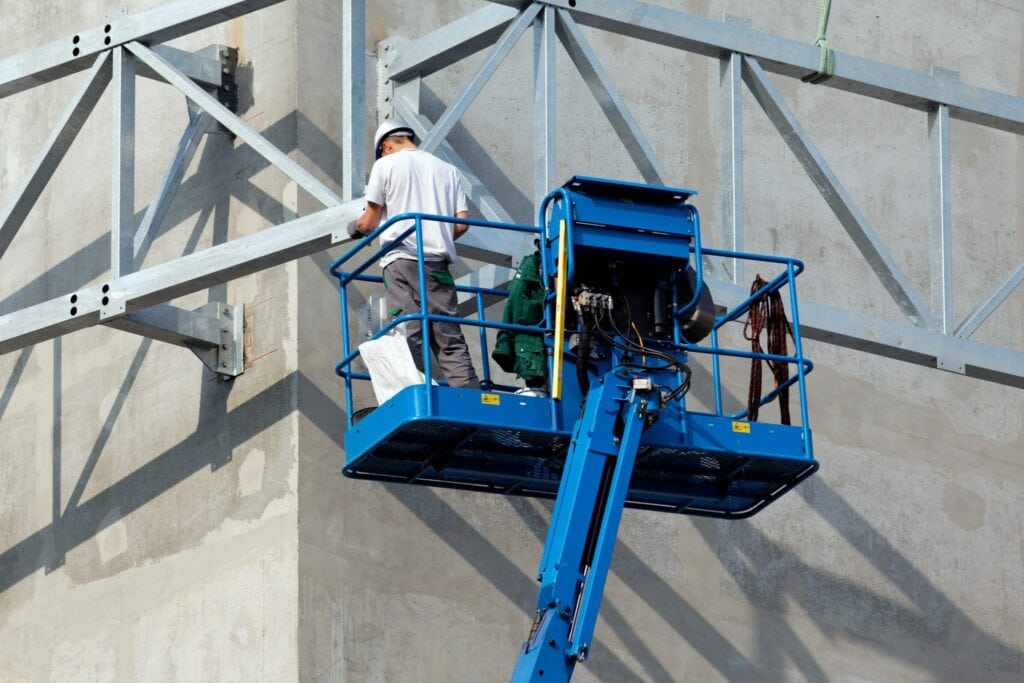
Type of Movement
The type of movement that will be conducted using the lift is also considered. Some jobs demand vertical lifting for installing shelves, cleaning windows or overhead lighting installation, and in this case, scissor lifts are suitable. They have wide platforms and can allow workers to easily conduct their jobs at height with safety.
Whereas some jobs even need to reach different angles and long distances, articulating lifts and boom lifts are better choices. These lifts support vertical as well as horizontal movements, and the workers can access hard-to-reach areas with efficiency.
Condition of Job Site
The condition of the job site also helps determine the right construction lift. Surfaces that are smooth and indoor lifts that have wheels may work like scissor lifts and electric lifts. They are lightweight and can work efficiently on flat terrains.
Outdoor sites, however, are challenging and have gravel, mud and uneven ground. In such cases, a lift that has rugged tyres with advanced stability is crucial, and they offer balance and traction.
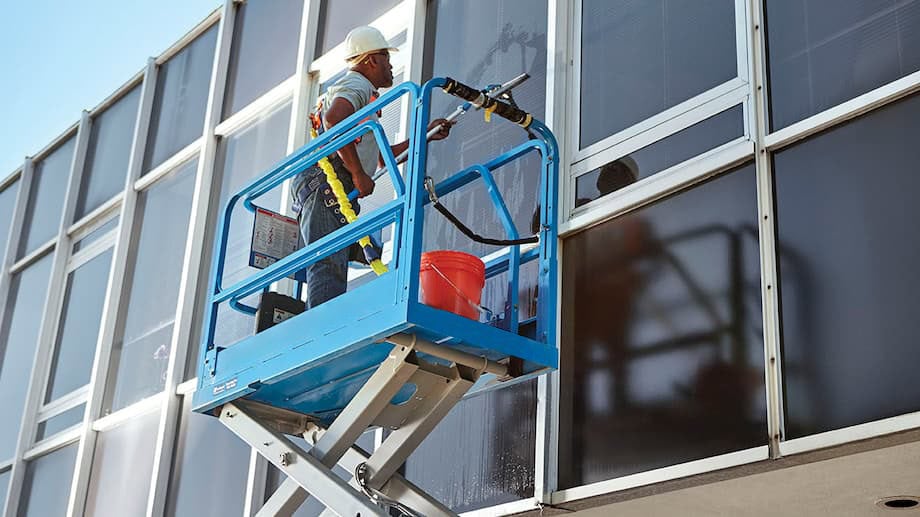
Conclusion
Understanding the different types of construction lifts is important because it allows you to make the right choice. You have so many options to select, and among them, choosing the right manufacturer of these lifts even matters. Everstar Machinery can be your go-to choice for construction lifts.
Looking for a Splendid Elevated Construction Experience? Everstar Machinery Has Got It All!
Are you looking for the most durable and stable means of elevation? Boom lifts, articulating boom lifts and much more are waiting for you to take a look at Everstar Machinery, so contact us now!
FAQs
What is a construction lift?
A construction lift is equipment that helps elevate workers and materials to certain heights so that they can perform different tasks.
What are the different types of construction lifts?
There are different types of construction lifts, including telehandlers, material lifts, forklifts, aerial lifts and much more.
How do I choose the right construction lift for my project?
The selection of the right construction lift for your project requires the project height requirement, nature of the site, and load capacity as the most important considerations.
What safety measures should I take when using construction lifts?
Some of the safety measures to consider when using construction lifts are ensuring proper staff training, wearing PPE and inspecting equipment.
Can construction lifts be used indoors?
Yes, construction lifts are also meant to be used indoors, and these include personnel and scissor lifts.